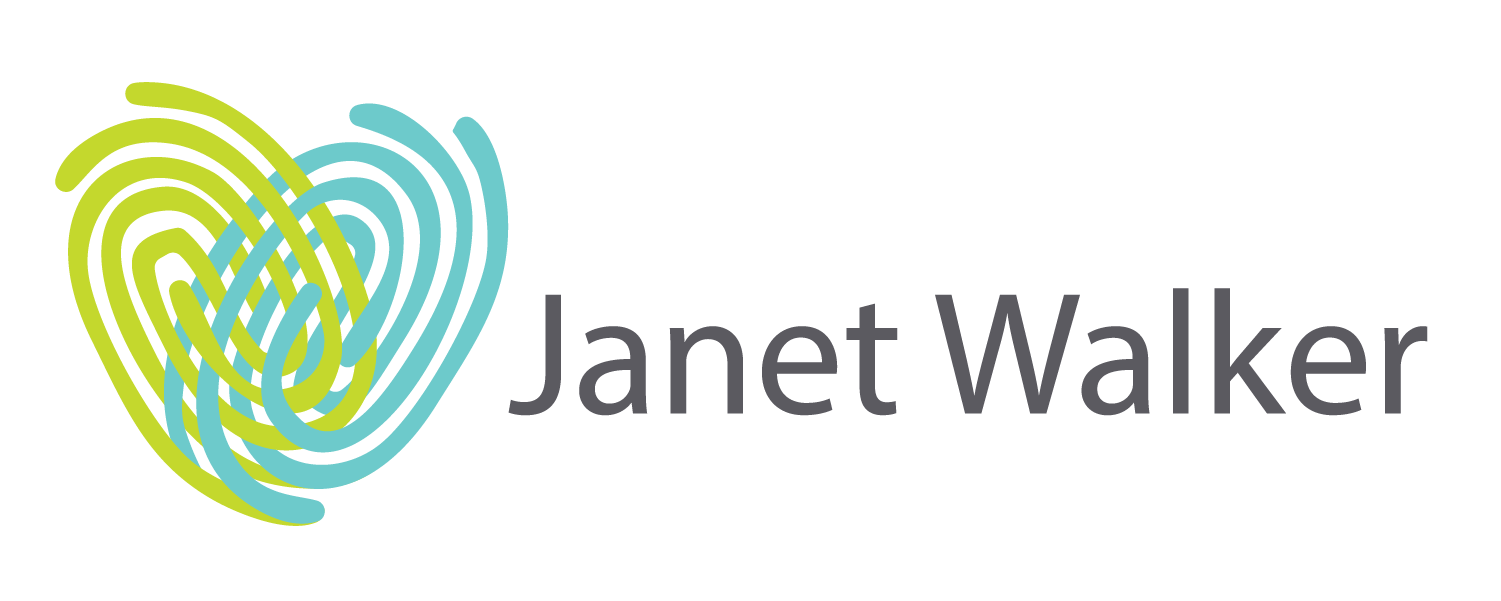WOOP isn’t woo-woo; it’s a scientifically proven technique developed by psychologist Gabriele Oettingen. An acronym for Wish, Outcome, Obstacle and Plan. WOOP is a systematic tool to help you change your behaviours and use negative thinking to overcome obstacles to success.
I’ve shared how practicing gratitude and savouring can help overcome our brain’s built-in negativity bias in a previous post. But negative thinking isn’t all bad. Oettingen’s research suggests that positive thinking alone may make us less likely to fulfill our wishes. One counterintuitive question, “What holds me back from realizing my dreams?” may make the difference.
“The solution isn’t to do away with dreaming and positive thinking. Rather, it’s making the most of our fantasies by brushing them up against the very thing most of us are taught to ignore or diminish: the obstacles that stand in our way.” —Gabriele Oettingen
WOOP combines two highly effective tools – mental contrasting (MC) and implementation intentions (II). More enthusiastic and memorable than MCII.
WOOP = Mental Contrasting (WOO_) + Implementation Intentions (___P)
Wish, Outcome, and Obstacle come from mental contrasting, a form of visualization that goes beyond positive thinking to reflect on our path’s pros and cons. By recognizing potential obstacles, you’re better prepared to prevent or overcome them.
Plan comes from implementation intentions, specific action plans for what to do if/when you hit an obstacle. So you’re more likely to make your wish come true!
WOOP is proven to help people:
WOOP works in a simple 4-step process. It involves thoughts and images rather than rational thinking, so plan for at least five-minutes of uninterrupted time. Put everything else aside. Get comfortable and take a few relaxed breaths to create calm and space to imagine.
Tip: You can choose to think-through your WOOP or write it down. There’s even a free app (available for both Android and iOS) if that’s your thing. However, neuroscience shows that you remember things better when you write them down. So that’s what I do.
Take a few minutes to think about your most important wish. It should be challenging, compelling, and realistic. The time frame for the goal doesn’t matter—it could be a day, a week, a month or more…
Summarize your wish into 3-6 words and keep it in the front of your mind.
Wish: I walk home from work.
Tip: Notice I wrote my goal in the present tense. WHY? It’s more believable, our brains respond best to messages in the present, and it helps our subconscious mind create the picture.
What’s the best possible outcome that you associate with achieving your wish? How will you feel?
Tip: Picture and describe the outcome using all of your senses, layering in more detail until it feels as real as if you were actually experiencing it. Your brain will start to develop new neural connections, kicking in your to problem-solving skills to help you get what you want.
Summarize the best outcome in 3-6 words. Take the time to visualize this outcome and feel it as fully as you can. Let your mind go!
Outcome: I feel relaxed and re-energized.
What are the personal obstacles that prevent you from achieving your goal? What behaviour or emotion hinders you? Dig deep to find it.
Again, summarize the impediment in 3-6 words and fully visualize it in your mind.
Obstacle: I feel drained after work.
As you consider the obstacles, you might discover that your wish is not so attainable after all. That’s OK; WOOPing helps you disengage from unrealistic goals and focus on realistic ones.
Make a plan for overcoming your obstacle. What one effective action or thought would help you when your challenge shows up?
Summarize it as before, then create an if/then implementation intention and visualize it in your mind.
If/When _________ (obstacle), then I will __________ (action to overcome obstacle).
Plan: If I feel drained after work, then I will eat a piece of fruit that I’ve packed. And remind myself that I’ll feel better.
Simple as that, WOOP helps you overcome obstacles to success. Now all you need to do is do it!
One important caveat: expectations. If you feel uncertain about your ability to achieve your goal, mental contrasting can’t boost your confidence. As Oettingen notes, “People with realistic goals apply more effort and perform better, and people with unrealistic goals pull back.” So take the time to thoroughly visualize your obstacles and reconsider your wish if it seems too far out of reach.
You can use WOOP for all kinds of goals, tasks and problems—building new health habits, strategizing work-related situations, or enhancing your relationships. The more you do it, the easier it gets.
Here’s a video with an explanation of WOOP and a guided practice session with Gabriele herself:
If you want to learn more, I recommend reading her book Rethinking Positive Thinking: Inside the New Science of Motivation.
Give it a try and let me know how it goes! If you want help, join my Resilience Remedy Facebook group, a supportive community to help you achieve your goals and feel better than ever!
Janet Walker helps midlife women balance their bodies, enhance their energy, and master their mindset. To make the most of ‘act two’.

The information on this website does not replace a one-on-one relationship with a qualified healthcare professional and is not intended as medical advice, diagnosis or treatment.
